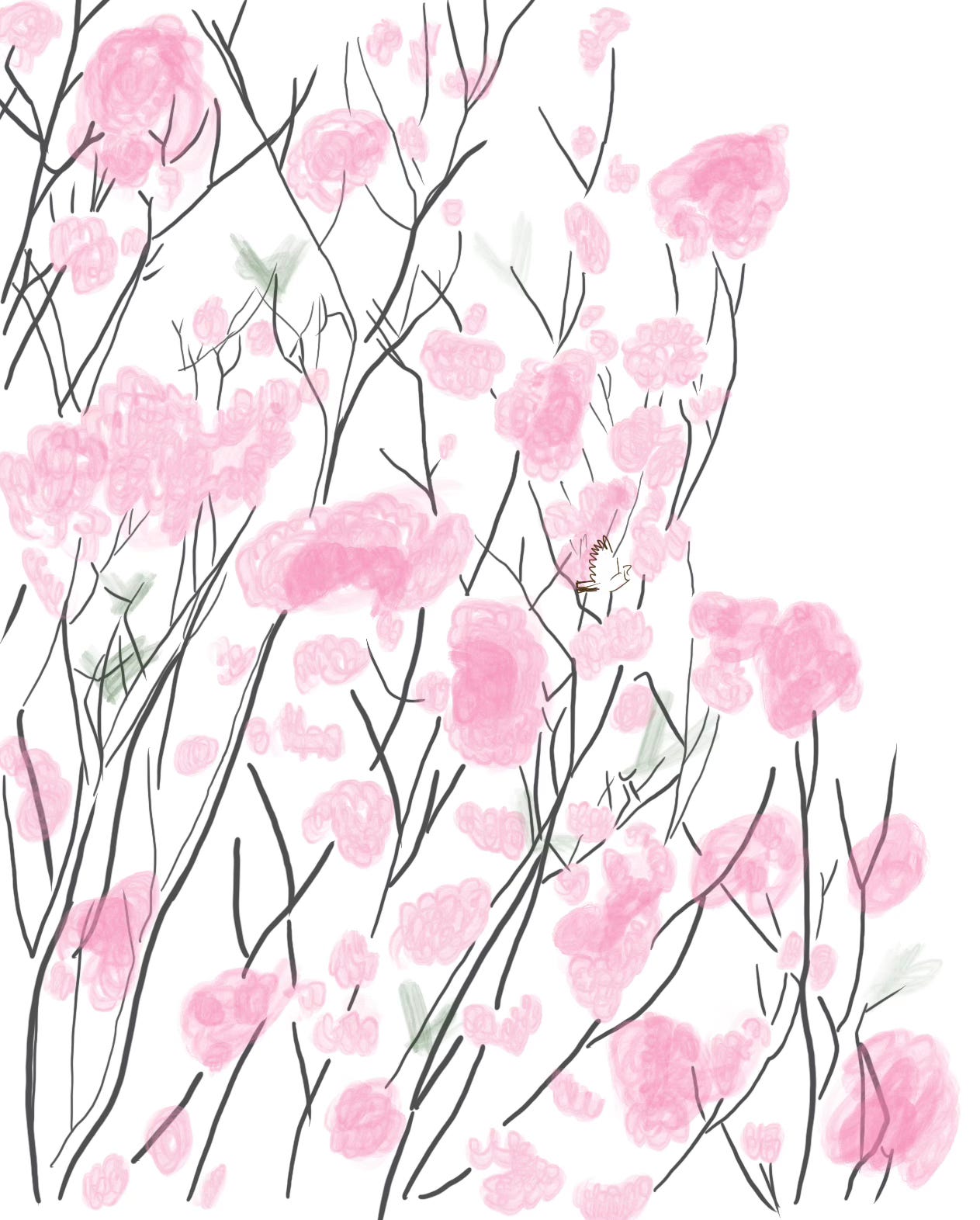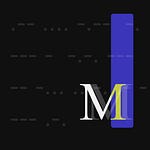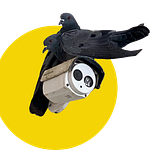Two years ago, over a cup of tea and a plate of some sweet and salty Poha, a guest faculty asked me if I think I am a designer.
I thought about it, the tea went cold and I said no.
There was a chaotic debate going on inside my head as always and the loudest of them said the answer.
I was in a design school at that time, surrounded by people who blew you away with their skills, thoughts, and personality. People who believed they were designers or so I thought.
The guest faculty looked at me with a weird feeling in their eye, which I assumed to be sympathy, and told me to start believing it before it was too late.
I have been thinking intentionally about identity quite a bit recently. Unconsciously, I would probably have been thinking forever. Identity is the way we see ourselves. The self-perception of who we are. The words, images, symbols and all other aspects of language we use to describe ourselves. But how do we form these identities? Where do we learn and more importantly pick the words and symbols to represent our identity?
~
In early August 1971, Dr. Philip George Zimbardo an American psychologist and a professor at Stanford University sent out an advertisement in the Palo Alto Times and The Stanford Daily recruiting participants for a study. The Ad read “Male college students needed for psychological study of prison life. $15 per day for 1-2 weeks beginning August 14. For further information & applications, come to room 248, Jordan Hall, Stanford U” 15 dollars per day for 7 to 14 days of study sounded really nice for a bunch of college students in 1971. 24 people were selected out of 75 applications after some screenings and assessments. Half of them were assigned the role of prison guards and the other half were mock arrested and taken to a makeshift prison room. The prisoner participants were stripped of their names and were referred to only with an identification number.
What followed for the next 6 days was the infamous Stanford Prison Experiment. The original experiment was planned for 14 days but within a couple of days, they soon saw that the people who were assigned the role of guards started misusing their supposed authority with heavy mental torture on the prisoners.
One of the interesting events was that on day 4, one participant, Prisoner 819, had a mental breakdown and began crying in his cell. Zimbardo, the professor who was carrying out the experiment had to come in and reassure the crying participant of his actual identity and remove him from the experiment.
After 6 days the program was shut down based on extreme ethical and moral violations. Many of the participants claim to be even scarred for life. The Stanford prison experiment was flawed from the beginning but it did shed light on how we see prisons and the dynamics of how power gradually corrupts.
But it all started when half of them were randomly labelled as prisoners and the rest were labeled as guards.
~
Labels. The genesis of identity.
Labels by definition are symbols, names, and images stuck to something with the core purpose of identification. Labels are an external sources of identification. We label objects, and treating something or someone as an object becomes the first step to labeling.
When someone eventually believes, breathes and lives that label, then it slowly starts becoming an identity.
~
The moment we are born, we are given labels that slowly become our identity. Gender, race, caste, nationality, religion and even our name. I have always found it interesting that some cultures wait for some time before naming a baby. A label that will definitely become an identity.
As a child grows, the proverbial village that raises the child moulds these labels into identities. The sliver of hope is that this is until the child starts to think critically, killing some of those identities and embracing new labels and thus new identities. But most of the time, we are just victims of our own identities that were once merely some labels. Some the society doesn’t allow us to escape from.
A person who is labelled as one thing at birth, but eventually finding their true identity and killing a forced identity is the kind of freedom that becomes the essence of existence for many of us.
This is not a completely original thought, no surprise there. This is the foundation of the Labeling theory in sociology. Which In simple terms says that people behave according to the labels society assigns to them. What I am trying to see is when do these labels take meanings within us.
~
Every identity comes with a cost. Your time, interests, company, and pursuits all are driven by your identity. Just like being stuck in an identity, that I don’t want, is bad, so is the sunk cost associated with leaving or changing an identity.
This struggle with labels and identity becomes the whole plot point of a lot of superhero movies. Batman and Bruce Wayne, Peter Parker and SpiderMan, Clark Kent and Superman. Which is the label and which is their identity.
Everything we do slowly starts forming labels around us. The MBTI personality test we took or, the equally unscientific, our astrology signs. Our political affiliations, the jokes we say, our religious or spiritual outlook. The college we went to, the job we reluctantly do everyday. Even the content we consume, the content we create and all the different platforms we do all this on. "Ugh you are still on Facebook?"
~ Some of these labels slowly grow within us, over time and with intended or unintended, nurturing to eventually become part of our identity.
I think it is really important for us to understand and identify what our labels and identities are. More often than not, the line that separates them gets too blurry. Most of these labels are out of our control. Driven by other’s perceptions and ideas based on different levels of direct or indirect interactions with us.
Sometimes, we get the chance to label ourselves and eventually make that into our identity.
I guess the difference is that a label comes with an expectation of responsibility from others whereas identity comes with that responsibility to ourselves.
Some of the many labels that I have been struggling with are that of an entrepreneur, a poet, an artist and still that of a designer. Even with all the random shit I have done and wanted to do in life, I could never internalise this label. In the book ‘The Artist’s Way’, author Julia Cameron tells us that, recovering our identity of being an artist is the first step to finding the promised artist’s way. Sounds easy, but it’s not. Maybe I should start giving myself these labels first.
As someone great once said, “naming is an act of power.”
And I think naming is just the first step to labelling and eventually one's own identities.
For some reason, that scares me.
Suggestion Corner











